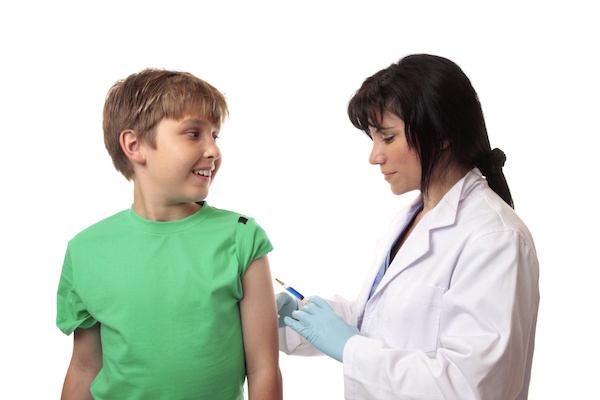
THURSDAY, May 6 (HealthDay News) — A type of liver cancer, hepatocellular carcinoma, is increasing in the United States, and health officials attribute much of the rise to untreated hepatitis infections.
Chronic hepatitis B and hepatitis C are responsible for 78 percent of hepatocellular carcinoma around the world. In the United States, as many as 5.3 million people have chronic viral hepatitis and don’t know it, according to the May 6 Morbidity and Mortality Weekly Report from the U.S. Centers for Disease Control and Prevention (CDC).
“The liver cancer rates are increasing in contrast to most other major forms of cancer,” said Dr. John Ward, director of CDC’s viral hepatitis division and co-author of the report. Viral hepatitis is a major reason for the increase, he said.
The rate of hepatocellular carcinoma increased from 2.7 per 100,000 persons in 2001 to 3.2 in 2006 — an average annual increase of 3.5 percent, according to the report. The highest rates are seen among Asian Pacific Islanders and blacks, the CDC researchers noted.
This is of concern because opportunities exist for prevention, Ward noted. “There is a vaccine against hepatitis B that is routinely given to infants — so our children are protected, but adults, for the most part, are not,” he said.
In addition, good treatments exist for both hepatitis B and C, Ward explained. “These will be even more effective in the future when new drugs currently in development come on the market,” he said.
It takes decades of infection with hepatitis before cancer develops, and Ward said a lot of new cases are among older people who were infected before vaccines or effective treatments were available.
Screening of anyone with chronic hepatitis is essential to prevent or treat liver cancer, Ward pointed out.
Others who should be screened, he said, include people born in Asia, Africa and Eastern Europe, where hepatitis B is endemic; gay men; injection drug users; and hemodialysis patients.
Hepatitis C was only identified in 1990, he added, so people who had contact with a blood product in the 1980s or earlier also need to be screened for hepatitis C.
“In the long term, like 20 or 30 years and beyond, our prospects are very bright as far as preventing liver cancer from viral hepatitis,” Ward said.
“But we still have about 50,000 persons who become infected with hepatitis every year and we would like to get that rate lower still,” he said.
May is Hepatitis Awareness Month, Ward noted. “Ask your doctor for vaccination for hepatitis B, and ask if you should be screened for hepatitis B or C,” he said.
According to Dr. Eugene Schiff, director of the Center for Liver Diseases at the University of Miami Miller School of Medicine, early diagnosis of hepatocellular carcinoma is essential to prevent cancer, and diagnosing cancer early is essential to successfully treating it.
“Unfortunately, the majority of cases that are referred in with a diagnosis of hepatocellular carcinoma, it’s already too far advanced,” Schiff said.
Public education campaigns are key because most people with hepatitis don’t know it, added an infectious disease expert, Dr. Marc Siegel, an associate professor of medicine at NYU Langone Medical Center.
This should include a massive vaccination campaign against hepatitis B, Siegel said. Eventually, a vaccine for hepatitis C will be developed, “but it won’t be anytime soon,” he noted.
For now, prevention is the only way to stop hepatitis C from spreading. Since it is commonly spread through sexual contact, “cutting down on the number of partners and using a condom — these are the main protections,” he said.
More information
For more information on hepatitis, visit the U.S. National Institute of Diabetes and Digestive and Kidney Diseases.

